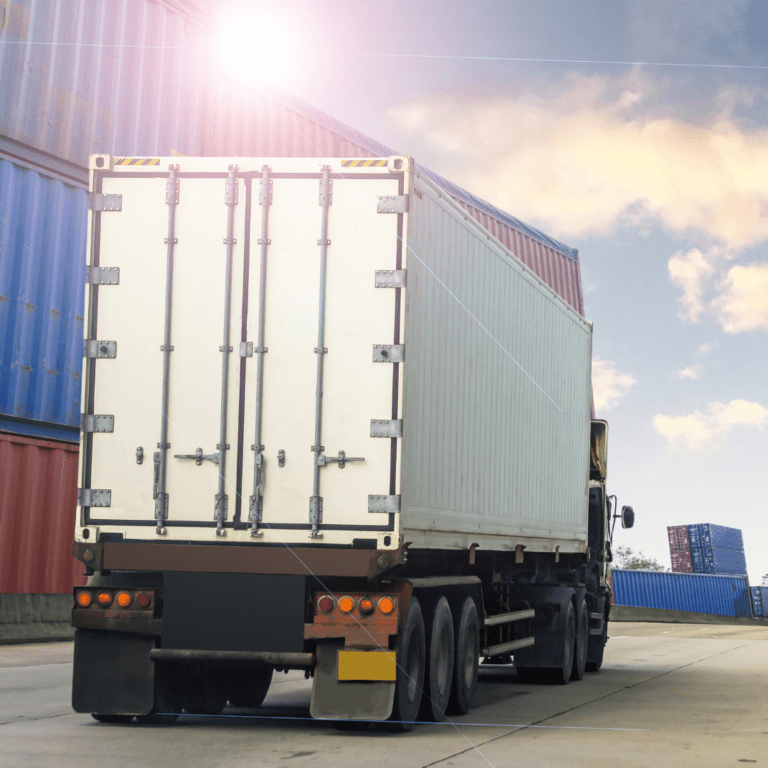The mega-port aims to strategically position Peru between South America and Asia.
The new Chinese mega-port in Chancay, Peru, promises to strengthen trade ties between South America and China. Valued at $3.5 billion and predominantly controlled by the Chinese state-owned company Cosco Shipping, this deep-water port will be China’s first in South America. It is expected to facilitate direct transportation of goods, reducing travel time to Asia by up to two weeks for some exporters.
Chancay aspires to become a regional hub for copper exports from Peru and soybeans from western Brazil. The mega-port aims to strategically position Peru between South America and Asia. This project is part of China’s “Belt and Road” initiative, and construction in Chancay, initiated in 2018, is scheduled for completion in November 2024.
The Peruvian government plans to establish an economic zone near the new port in Chancay, while Cosco Shipping aims to build an industrial center to process Brazilian raw materials before shipping them to Asia. Improvements in land transportation infrastructure, including the Interoceanic Highway, and possibly a railway connection, are being considered to facilitate transportation from Brazil to the port.
Over the past decade, trade between Peru and China has doubled, reaching $33 billion in 2022, driven by increased copper exports. China has invested around $24 billion in mines, the power grid, transportation, and hydroelectric power generation in Peru during this period.
Furthermore, Peruvian exports to China grew by 9.3% in the first eleven months of last year, surpassing the 5.3% growth in exports to the United States. Peru maintains a trade surplus of $9.4 billion with China and a deficit of $1.3 billion with the United States.

The Chancay port stands out as a significant boost to free trade and new Chinese investments, strengthening China’s position in Peru and establishing an influential point in the region.
The success of the Chancay port relies on improvements in regional infrastructure, especially roads and railways, to facilitate goods transportation. The current Interoceanic Highway connects the Pacific coast in southern Peru to the Brazilian state of Acre, but the lack of regional connections poses a significant challenge, according to experts and diplomats.
Despite challenges, opinions indicate that China’s rise in South America is consolidating. Global interest in South American resources, such as lithium, copper, and cereals, has increased, turning the region into a new battleground for competition among the United States, Europe, and China.

The story of the first car race in Paris: a historic hit in 1894
Paris stands not only as a cultural and artistic epicenter but also as a pioneer in car racing In the history of automotive racing, Paris

Top states for driving in the United States in 2024
A WalletHub study compared all 50 states to determine the best driving conditions Road safety and quality are central concerns for drivers. And while the

Briefs: marijuana reclassification, vehicle fees, and climate grants
The trucking industry goes through new legislation, taxes and subsidies Questions about the proposed reclassification of marijuana The Owner-Operator Independent Drivers Association (OOIDA) supports the

Impact of traffic pollution: study reveals increase in blood pressure
A study from the University of Washington in Seattle reveals that the main cause of significant increases in blood pressure might be traffic-related gasses A

The benefits and careers of a Commercial Driver’s License
Having a CDL opens multiple doors within the trucking and transportation industry Having a Commercial Driver’s License (CDL) opens multiple doors within the trucking industry,

Sharing the road with a truck: steps to ensure your safety
Caution around blind spots and anticipating truck maneuvers are essential to ensuring everyone’s safety Truck drivers face significant challenges on the road due to their
